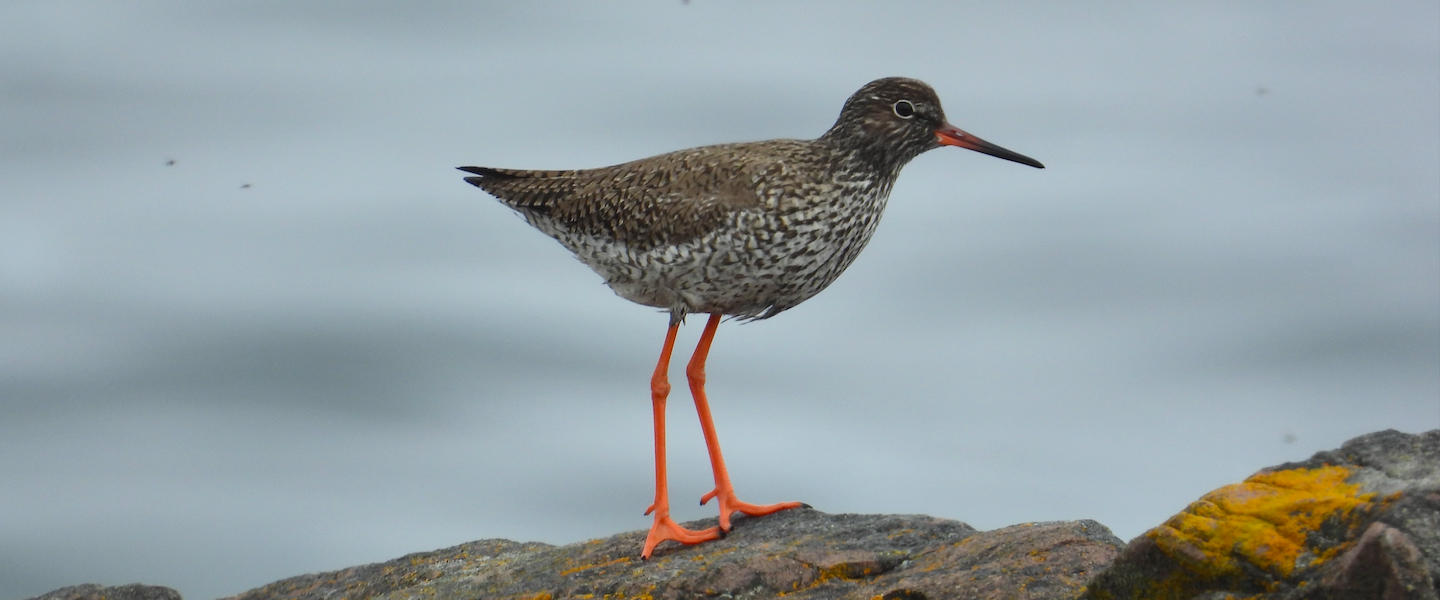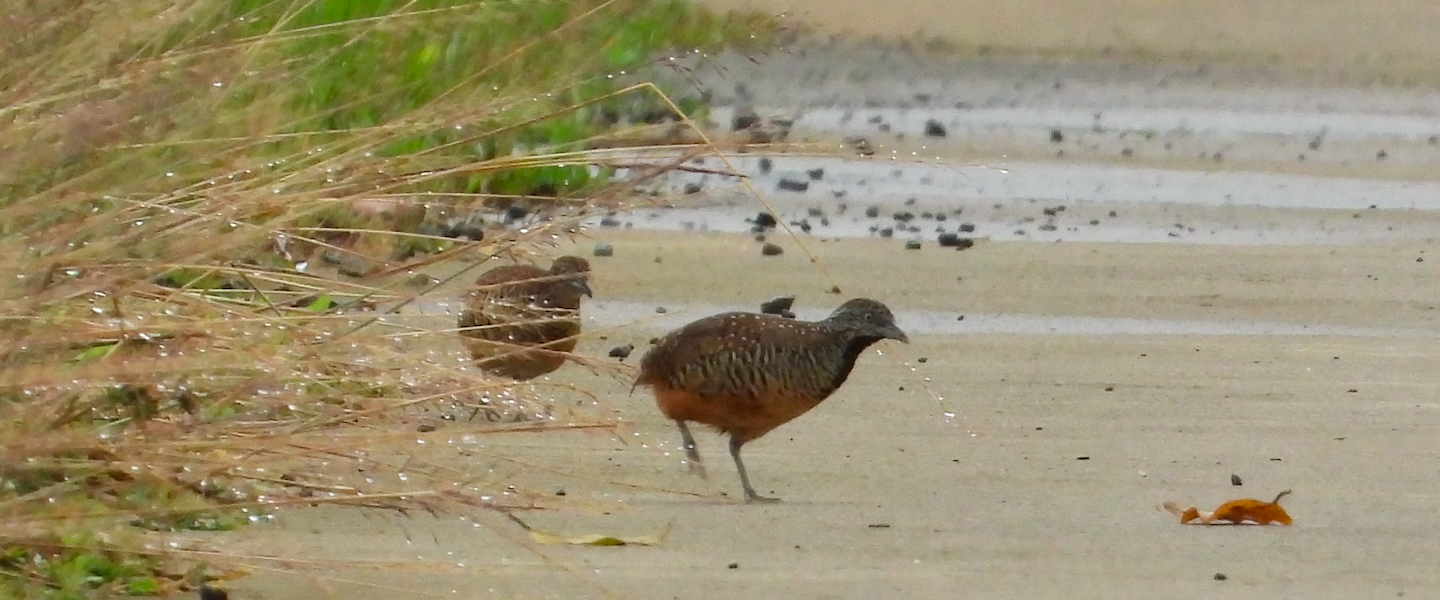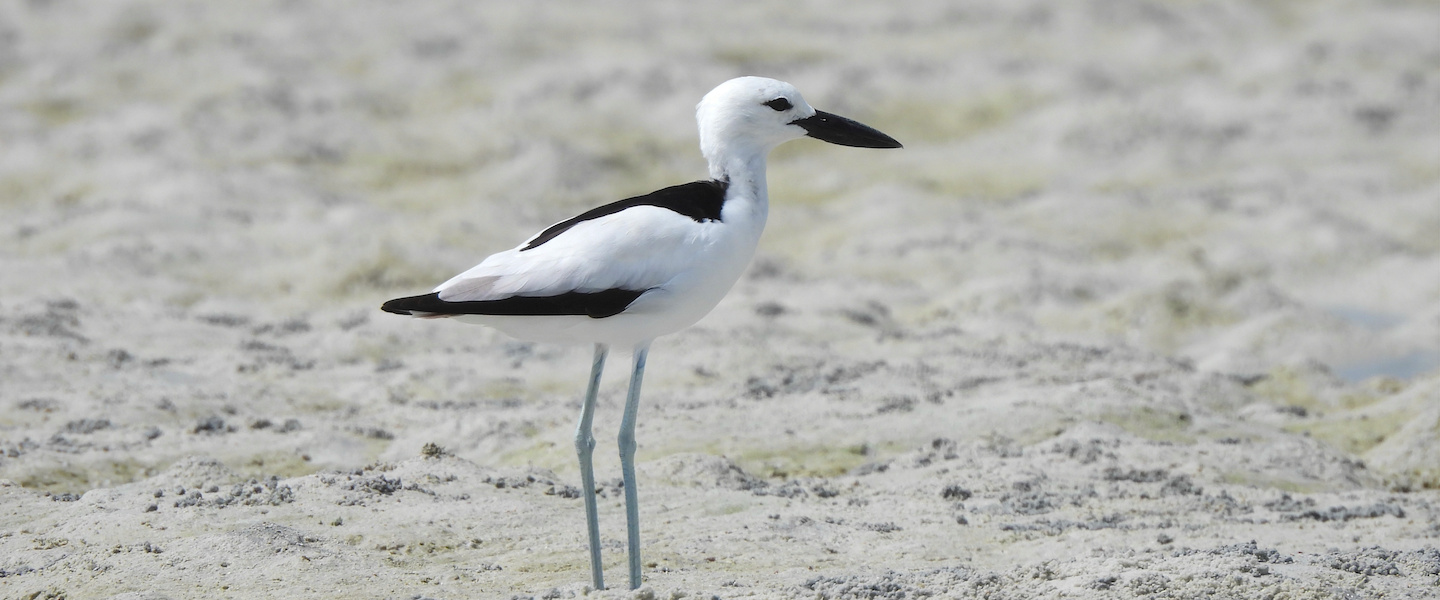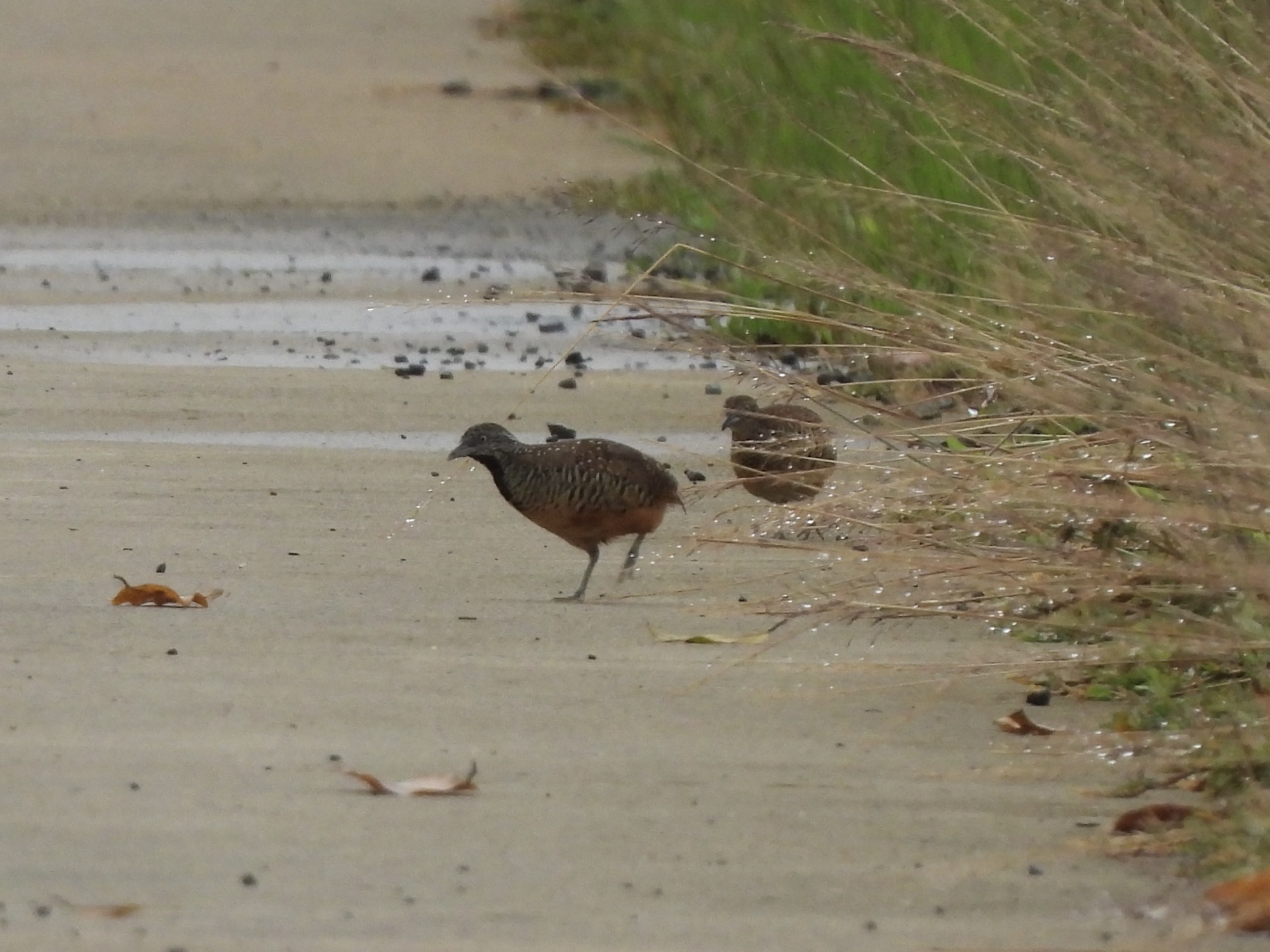The buttonquail (family Turnicidae) are a family of birds belonging to the order Charadriiformes, often regarded as shorebirds. These small to medium short-legged terrestrial birds of the Old World differ from superficially similar quails by lacking a toe — another common name for these birds is hemipode, after this trait. Typical sex roles in birds are inverted in this family, showing polyandry, with females showing more richly patterned plumages and mating with different males, which are invested on incubation and chick rearing. Females have a unique vocal organ which they use to create a distinctive booming call.
The family comprises 17 species belonging to 2 genera. Basal genus Ortyxelos (1 species) is an odd member of the family restricted to the Sahel savanna in Africa. Genus Turnix (17 species) occurs mostly in the Australasian and Indomalayan realms, with only one species reaching Africa and now extinct from Europe and another one in Madagascar, and includes some extremely poorly known species, two of them possibly extinct.
Barred buttonquail
Turnix suscitator
Widely distributed along the Indian Subcontinent and Southeast Asia to far south Japan, Sulawesi and the Philippines. Brighter colored females show a dark throat and breast, and fight other females to mate males, calling a loud drumming. I have seen a pair of this species on a roadside in Vietnam.




